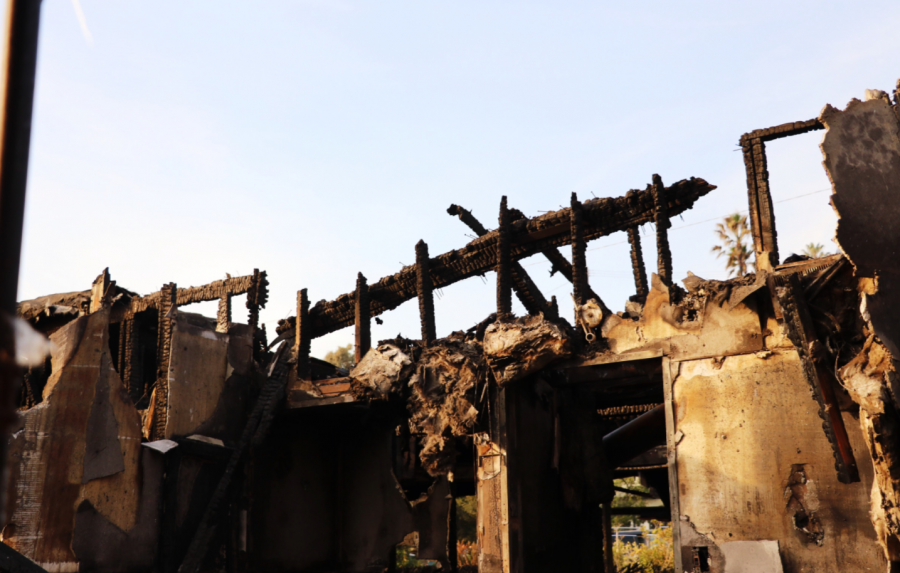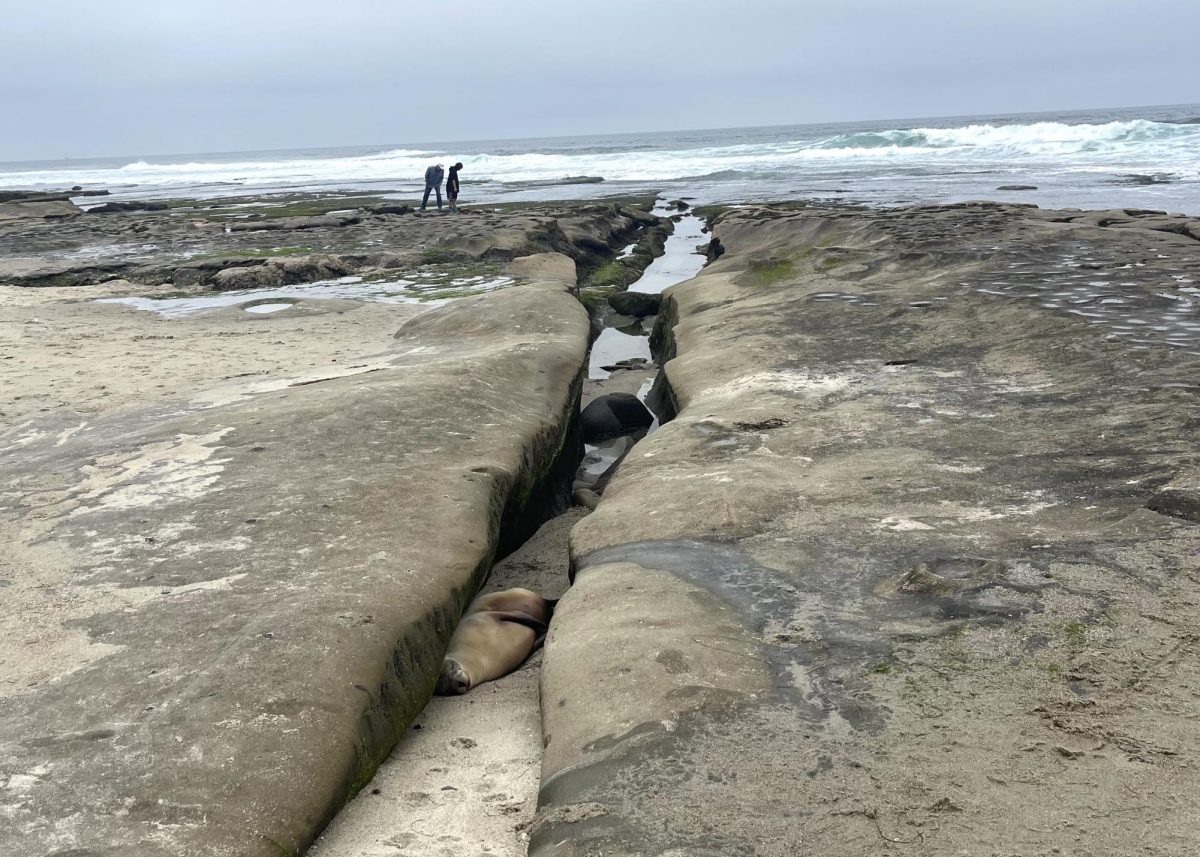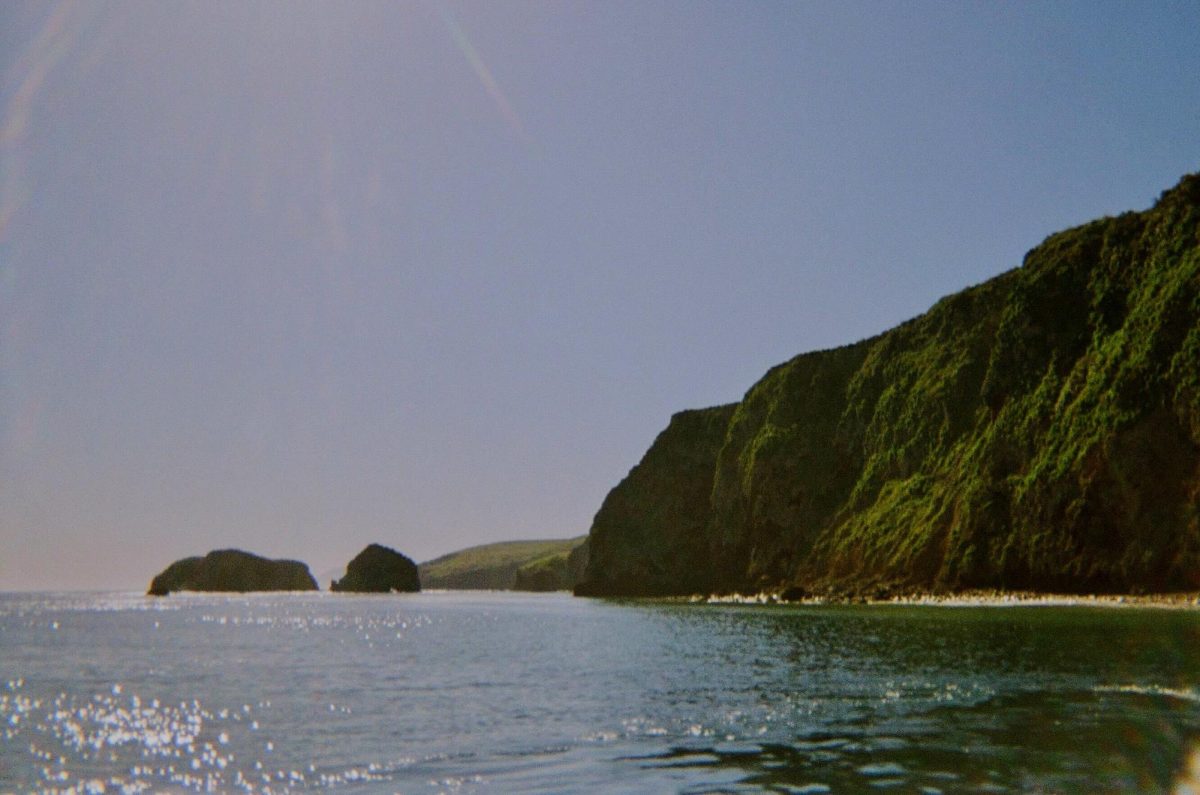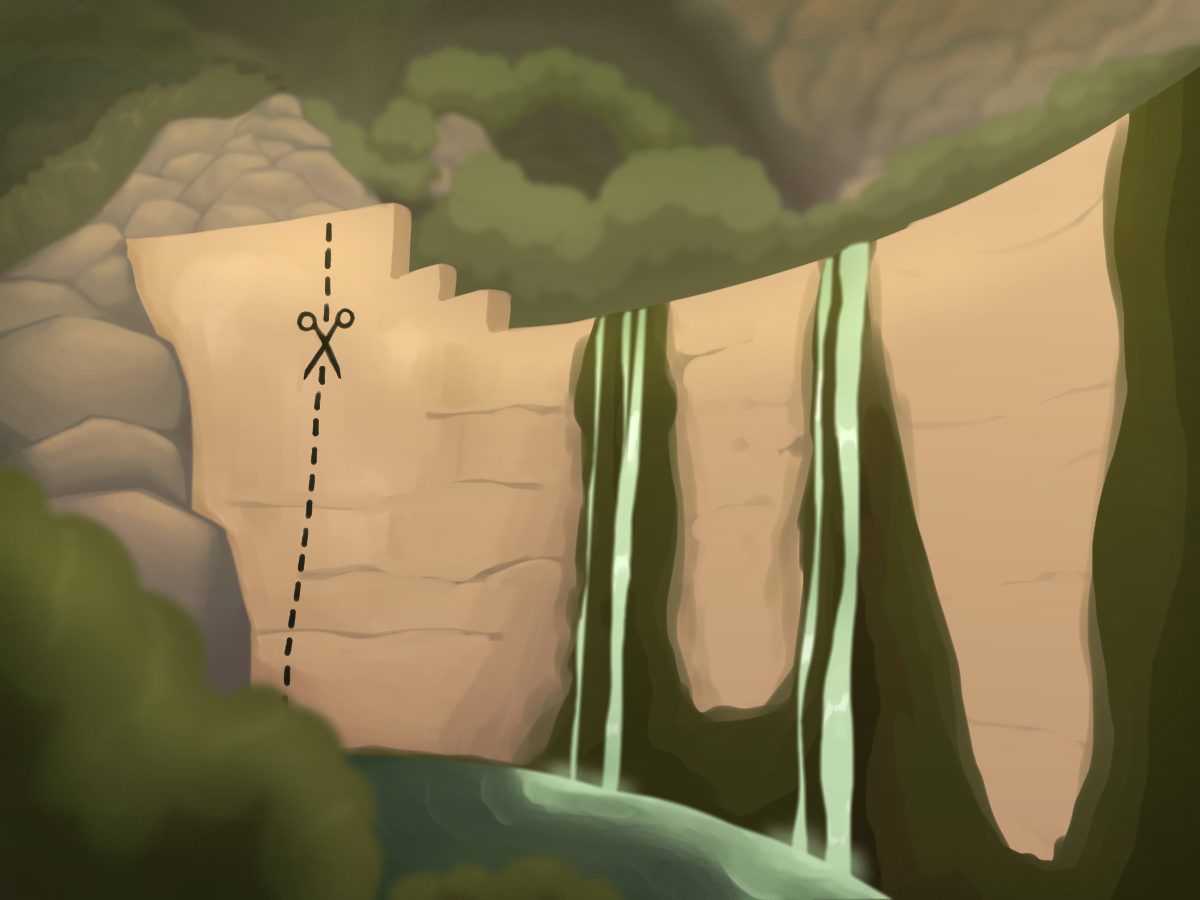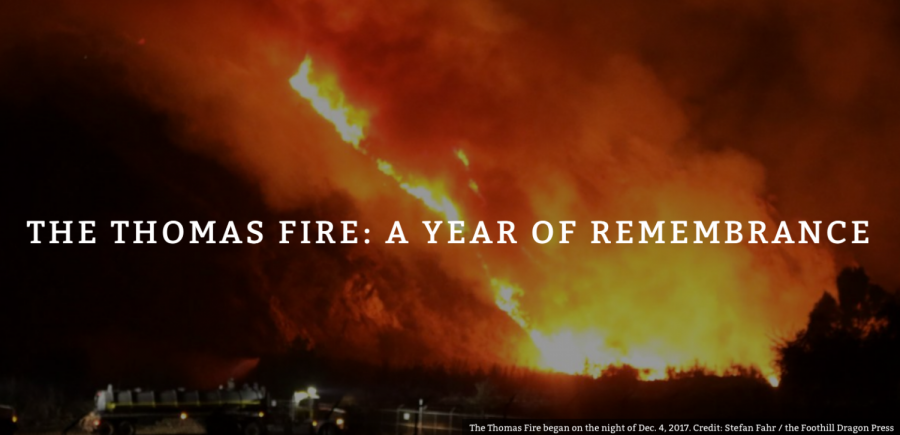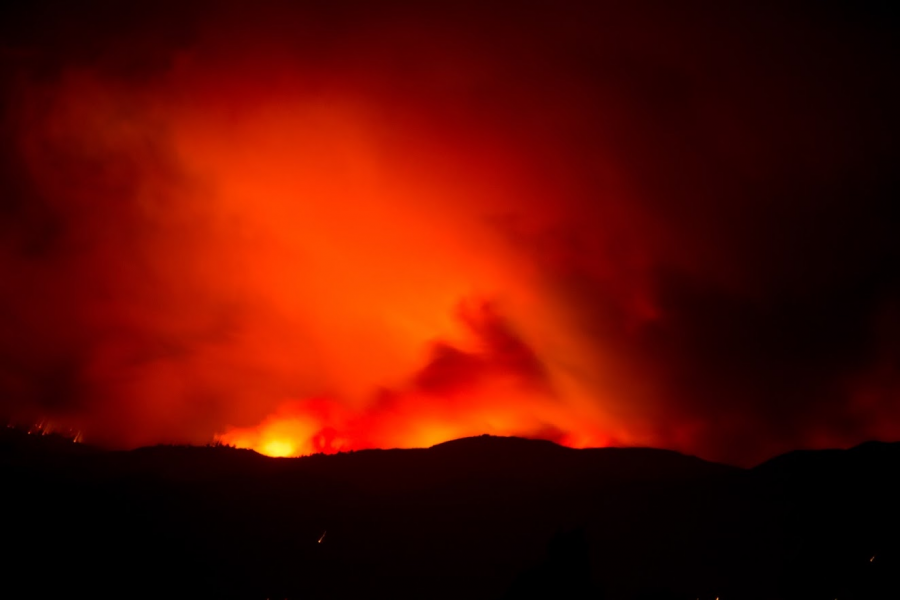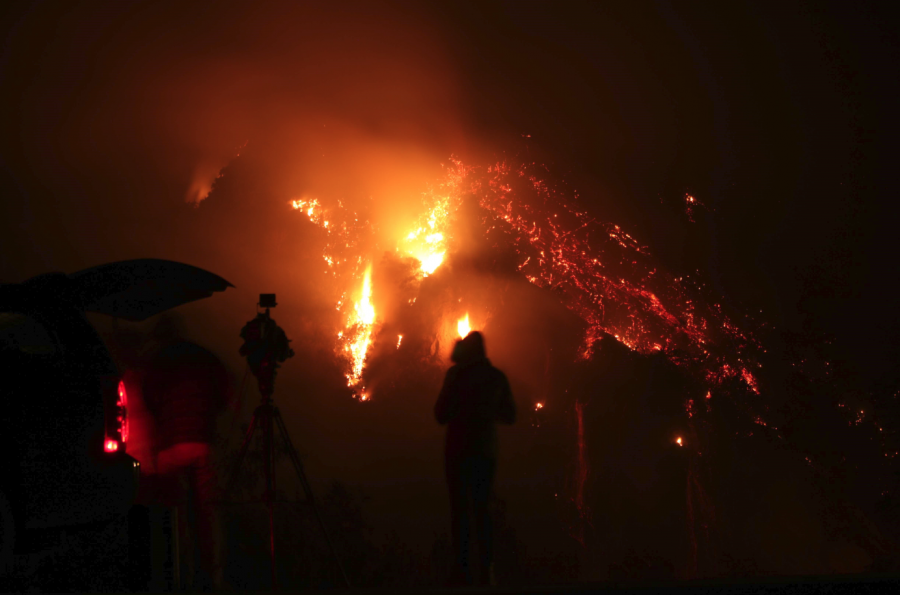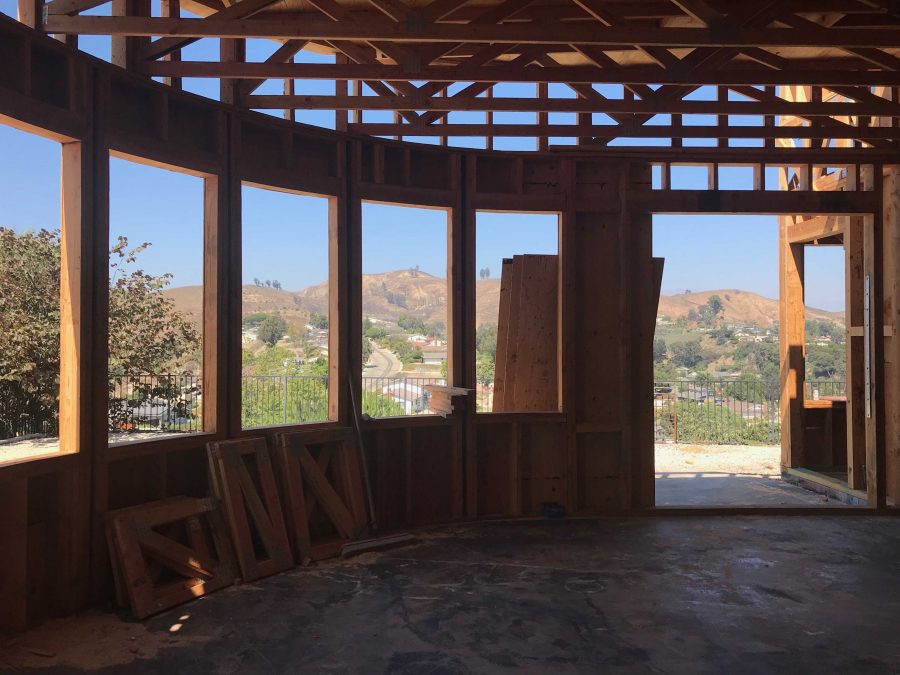With the infamous California Drought aiding the ravage of the Thomas Fire, rain had never sounded more ideal. However, this recent precipitation has clearly shown to be catastrophic. With the abrupt turn of unrelenting mudslides, damages have soared and lives have been lost. Regarding the safety of our community and environment, the rain that had once seemed to be beneficial is proving to be the contrary.
While the fire has left our homes, its effects still loom in the air. One of these impacts is the large amounts of ash deposited on indoor and outdoor surfaces.
The recent precipitation is picking up the ash that was left on roofs, walls and streets and washing it down to the beach. Not only is this a nuisance to remove, but it causes respiratory, eye and skin irritation. Within this ash are dangerous chemicals like sodium hydroxide and ammonia; both are especially toxic to aquatic wildlife.
Acid rain is another concern. The Thomas Fire introduced great amounts of nitrogen oxides and sulfur dioxides, which then reacted with water to produce the abrasive nitric and sulfuric acid, respectively. This acid rain dissolves and washes away nutrients before they can be used by plants and trees. Without these nutrients, plants are unable to withstand cold temperatures, insects and diseases. The high acidity in the soil may also inhibit trees’ ability to reproduce. Furthermore, this becomes a self-inflicting cycle: without plants to filter out the soil, the acidic levels won’t return to normal.
When burned soils flow into storm drains, nutrients in the soil fertilize algae and plants in the ocean. Small amounts of the nutrients in the burned soil are beneficial, but too much can create an algae plume, a rampant growth of algae. As algae requires oxygen to grow, this overpopulation uses up all the oxygen in the water, leading to the suffocation of fish and other marine life in the water.
The devastation left behind will not be forgotten, as we are still waiting for more answers. University of California Santa Barbara (UCSB) students Kelsey Bisson and Nicholas Huynh will lead a team of fellow colleagues on a week long expedition to study the effects of ash in the Santa Barbara Channel. On a boat, they will compare samples of seawater from the surface (which has high amounts of ash) to the water deep down. Bisson and Huynh’s work will hopefully expand our knowledge on the Thomas Fire’s impact to the marine ecosystem.


